Oak Park lies on top of the shore of the ancient, glacial "Lake Chicago." The long arm of beach gravel and sand that formed between Lake Chicago and the Des Plaines Bay is known as the "Oak Park Spit." This ridge, which runs diagonally from Ridgeland and North Avenues to Madison Street and Des Plaines Avenue where it levels out, is now mostly flattened by development. The high curve of this ridge occurs at Oak Park Avenue and Ontario Street, crossing Scoville Park. Since the land was once covered by oak trees it was originally named Oak Ridge. This was the land of the Potowatomi, Sac and Fox Indians.
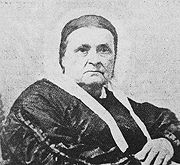
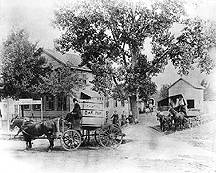
Kettlestrings continued to sell off parcels of the large land holdings to people who followed the Galena & Chicago Union Railroad (1848), the first train to run west of Chicago. The railway station was eventually named Oak Park to match the post office. The Post Office had this name because the name of Oak Ridge was already taken. Oak Park became the official name of the area which was still unincorporated and officially part of Cicero Township until 1902.
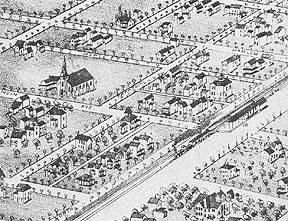
In 1872 Henry Austin Sr., as an Illinois legislator, helped create and pass the Illinois Temperance Act to ban the sale of alcohol in Oak Park. Oak Park remained "dry" for 100 years. The Austin family's prominence continued in the area in banking and community leadership; the family's home stood for 100 years on the site of the Austin Gardens Park. (Follow this link to see a short video on Henry Austin's history with temperance in Oak Park.)
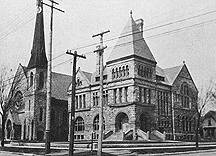
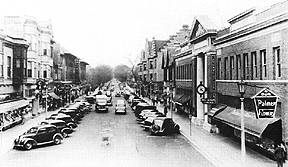
Oak Park continued to grow as the vacant land was built upon with homes, churches, businesses and schools. Oak Park became widely known as the "World's Largest Village." As a mature community, Oak Park struggled to remain vibrant. As part of its efforts, Oak Park embraced its rich heritage and noted legacies of Wright, Hemingway, and others. But post-war America was not to be so simple.
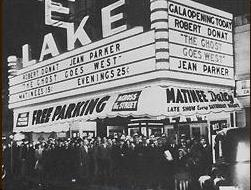
Oak Park throughout its years has taken positive steps to manage change while keeping stability. The Open Housing Ordinance of 1968 was a statement in support of integrated housing and in 1973 the Village Trustees created a policy statement, "Maintaining Diversity in Oak Park" which stated in part, "The people of Oak Park have chosen this community, not so much as a place to live, but as a way of life. A key ingredient is the diversity of these same people a broad representation of various occupations, professions, ages and income levels. Such diversity is Oak Park's strength." In 1976, the village was designated an "All American City" and is today still a model community for dealing with the manifest complications of life in a "small town" in the middle of a metropolitan region filled with millions of residents.
|
|
|
|
|
|